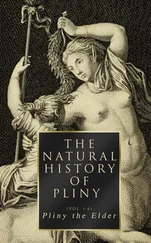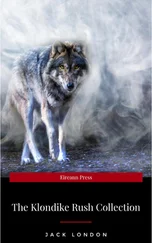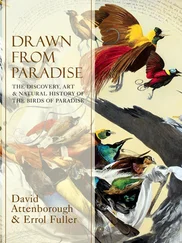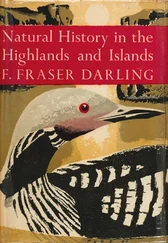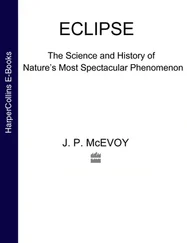1.1. Collections in early 21st century science
Research on collections is gaining unprecedented scientific importance because of its potential to answer the major questions of our time. Collection specimens contain information that allows us to reconstruct the puzzle of the history of life, humankind and the universe, as well as provide clues for understanding environmental transformations. This broadens the scope of research on the collections. Collections remain indispensable for systematics. In turn, systematics contributes more than ever to the enrichment of collections because of the unprecedented development of identification methods and to phylogenetic and evolutionary inferences. The result is an increase in the number of identifications and the availability of new datasets that facilitate the study of living organisms as a whole. Systematics creates new forms of association between specimens and information that are increasingly numerous. Its role is essential and indispensable for any further use of the specimens.
Collections are increasingly used in two new areas: the research of new information on specimens and global analyses on large datasets of specimens. The principle of open science, on which systematics was built and which has always been the basis of collection data exchange, is thus shaping new forms of data provision. A wide range of tools has been developed to access information residing in collections. For example, new techniques are available to identify parasites and commensals (viruses, bacteria, protozoa, etc.) or to measure the chemical content (carbon content, heavy metals, stable isotopes, etc.) of collection specimens. New computer approaches allow the availability of all collection data from single portals called “aggregators”.
1.2. New explorations because of the magnitude and diversity of the collections’ data
The magnitude of the taxonomic, spatial and temporal diversity of the data housed in the thousands of natural history collections is colossal. The collections host not only the name-bearing types that allow the use of scientific names but also, very often, numerous specimens presumed to belong to the same species. The richness of this content not only allows us to study questions of genetic diversity and species limits but also to understand global phenomena for which a large number of specimens are essential. The numerous specimens of the same species constitute genetic, spatial and temporal replicas that allow us to test many hypotheses.
The magnitude of the collections is also reflected in their gigantic spatial coverage. Most of the world’s environments have been sampled and have corresponding specimens in the collections. For many localities, there is a wealth of data. Millions of specimens trace the history of thousands of institutional or individual missions that have allowed us to access the most diverse and challenging environments (Figure 1.1). They also tell the story of the explorations and many scientific questions asked during the last centuries. In fact, the collections allow us to have a global view of the distribution of life on the planet. No global expedition would be able to collect again these millions of pieces of information, especially since most of the places have been transformed and the natural environments of the past have been replaced by cities or cultivated areas.
Another important aspect of the collections is the fact that they contain specimens collected at various times in the past, even in very remote times. The most extraordinary examples mentioned in this volume are the remains of flower garlands found on the royal mummy of Ramses II ( Chapter 12by Quiles et al .), or the collection of mummies dated between the 2nd millennium BCE and the 19th century CE ( Chapter 4by Thomas et al .). In European institutions, it is not uncommon to have diverse collections on most of the biomes of the five continents dating from the 17th century. Some very old objects provide information on the way of life of the populations, their physical characteristics, their environment or their culture.
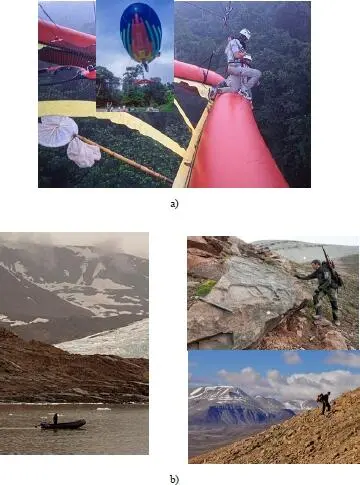
Figure 1.1. Examples of environments that are difficult to sample. (a) The Canopy Raft in French Guiana, a device to collect and study tropical canopies (in the foreground is an entomologist’s net to collect insects; inset, a general view of the device). (b) Mission to Spitsbergen, marine ecology and study of Carboniferous and Devonian rock outcrops. © R. Garrouste, ISYEB
However, the main interest of large time series is to provide what is commonly called “zero points”, that is, reference points on the state of populations or environments before certain human actions, for example, at the beginning of the industrial era. The distribution of organisms can thus be known before the destruction of natural habitats, and certain effects of climate change on biodiversity can be measured (see Chapter 15by Robuchon et al . and Chapter 16by Muller et al .). This knowledge is essential for refining proposals for the conservation of organisms, or even their reintroduction, as is the case with the germination of seeds of extinct plants from herbariums (see Chapter 10by Muller et al .).
1.3. Research using and driving the constitution of natural history collections
Such a high number of positive results might lead one to imagine that the collection data speak for themselves. But nothing could be further from the truth. Extracting information is a scientific process that requires expertise, inventiveness, knowledge of tools and methods, as well as background knowledge of the issues being addressed. For this reason, very often, this research is inter- or trans-disciplinary and carried out in the framework of inter-institutional collaborations, where each party brings complementary expertise. These approaches benefit from international collaborative strategies, such as the creation of aggregators that bring together the databases and data used (e.g. GBIF), the creation of taxonomic repositories that make nomenclature and taxonomy available, the development of collaborative analysis systems (R Core Team) (see Chapter 18by Monnet et al .), the creation of reference libraries for studies of ancient DNA (see Chapter 13by Gagnevin et al .), and so on. The development or adaptation of methods, inherent to the scientific process, is part of the daily routine of this research.
The main objective of this book is to unveil this scientific universe based on natural history collections at the beginning of the 21st century. A single volume is not enough to deal with all of these scientific and societal issues, but it does allow us to present a representative sample. We will see that the collections constitute an important medium for knowledge. Their fundamental quality lies in the preservation and permanence of specimens that can be revisited in the light of new questions and new technologies. In this conception of science, the data obtained remain always available, structured and re-analyzable.
The chapters deal with various subjects and focus either on a scientific problem, a specimen, a group of organisms or a set of collections. What they all have in common is the recognition of the value of collections as revealed by science. On the one hand, the collections serve as a medium for the knowledge of life, humankind and the universe. On the other hand, the constitution of collections, their raison d’être , their management and their future are also objects of scientific and ethical questioning in perpetual renewal.
Читать дальше



